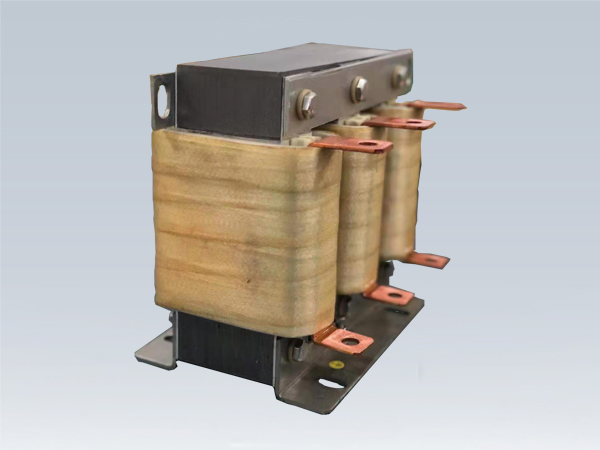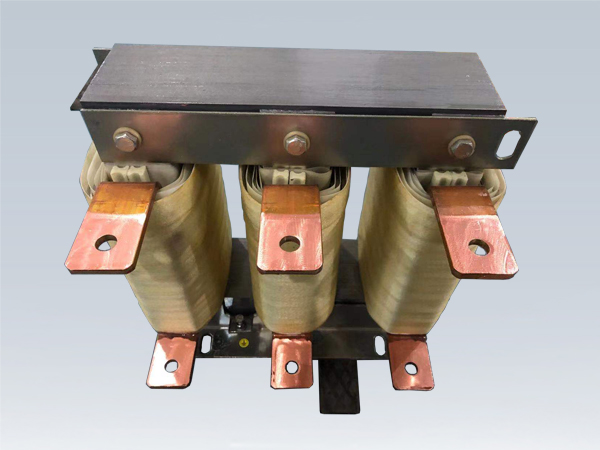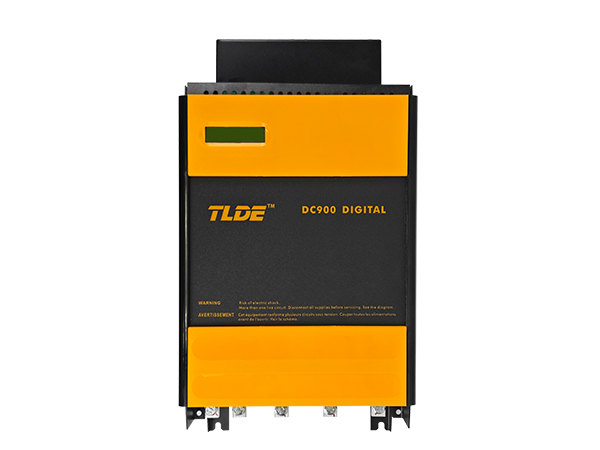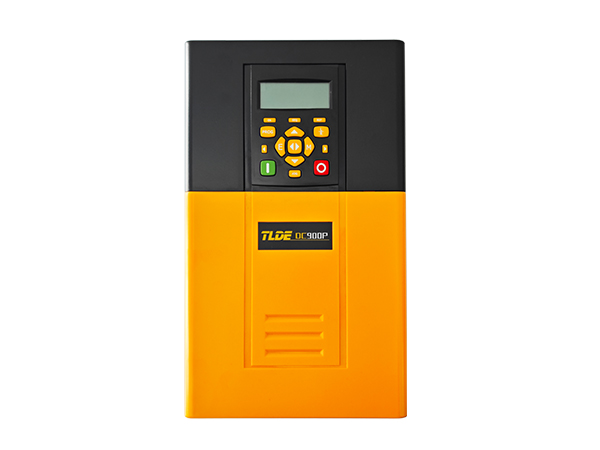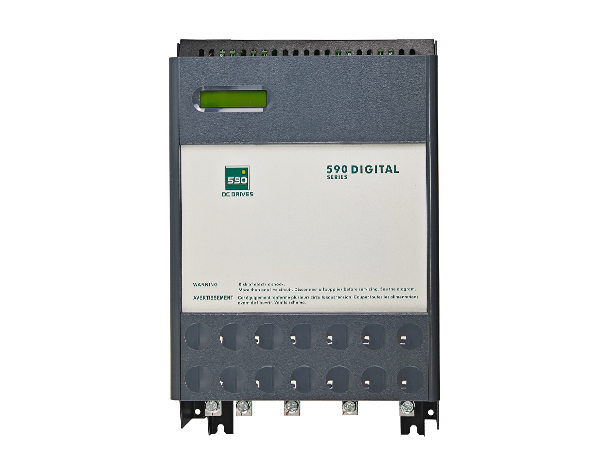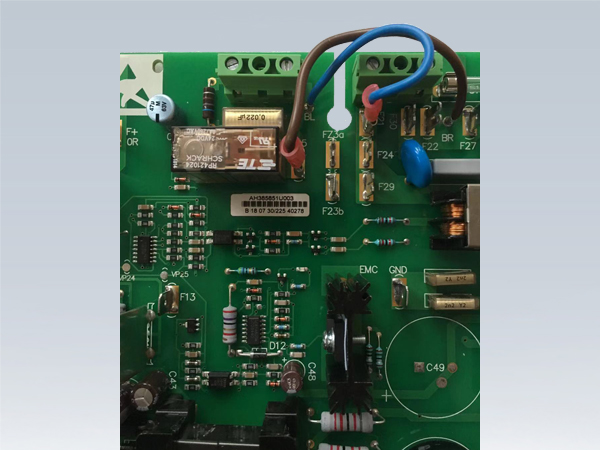Input REACTOR: The Input reactor is a current limiting device used at the input side of the converter to protect the AC converter from input transient surges. It also reduces the surge and peak currents, improves the true power factor, suppresses the harmonics to the grid, and improve the input current waveform.
Output reactor: Used for smooth filtering, reduce transient voltage DV/DT and prolonging motor life. The output reactor also reduces motor noise, reduces eddy current loss. It further diminishes the effects of the leakage current caused by the output higher harmonics thereby protecting the power switching device inside the converter. The output reactor is generally used where the output cable length exceeds 50m.
Product structure characteristics
Input Reactor: adopts high-performance foil winding structure, with small DC resistance, high short-circuit resistance, short time overload capacity. The Insulation is so that the product can still maintain reliable performance under harsh working conditions. The reactor design has low flux density, good linearity, high overload capacity and low noise with vacuum pressure impregnation process. The core stamping is made of high-quality low loss cold rolled oriented silicon steel sheet making the product very reliable, highly efficient with very low noise.
Output Reactor: This is designed considering the switching frequency to minimise the losses. Core stamping made of Silicon Steel/ferrite/amorphous/magnetic powder with low flux density thus making it very efficient. Class F insulation with vacuum impregnated technology provides high heat withstanding capabilities and reliability. High overload( upto 250% saturation) capacity ensures high quality and consistent performance. Sine filters are also available for non-motor applications.
Product Application Areas
Industrial automation: DC controller, inverter
Renewable Energy: Photovoltaic power generation, wind power generation
Transportation: Electric cars, rail transit
Smart Grid: AFE, SVG
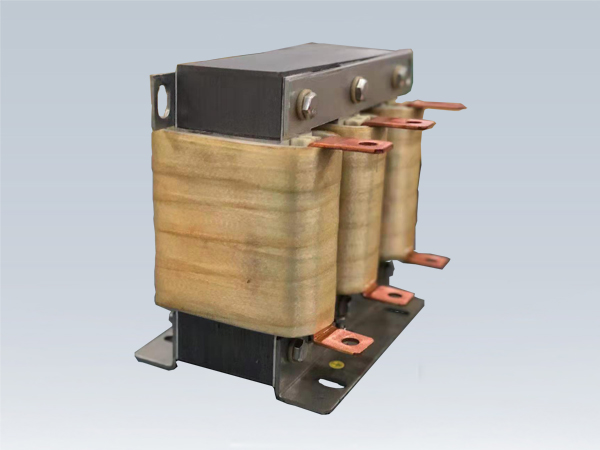
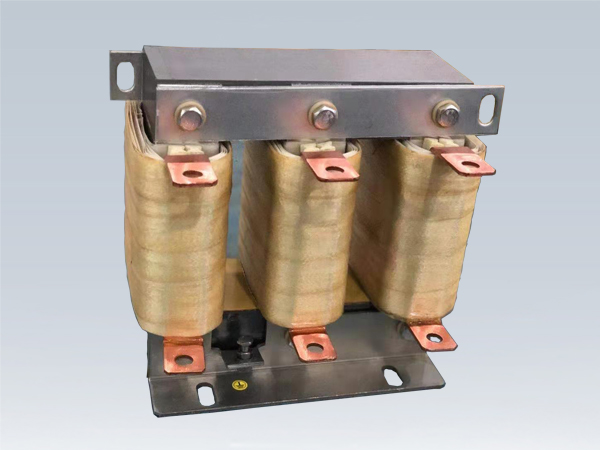
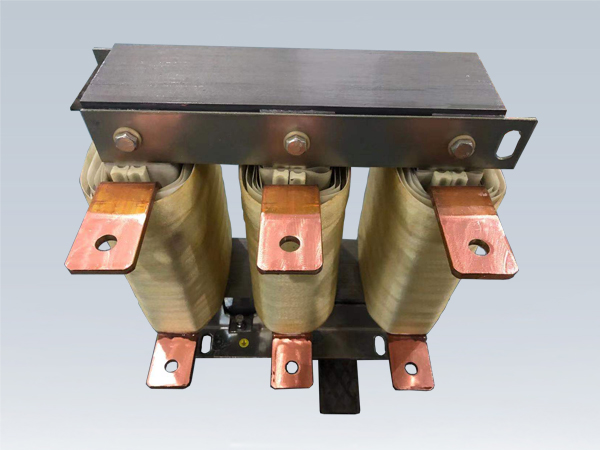


 WhatsAPP Number
WhatsAPP Number